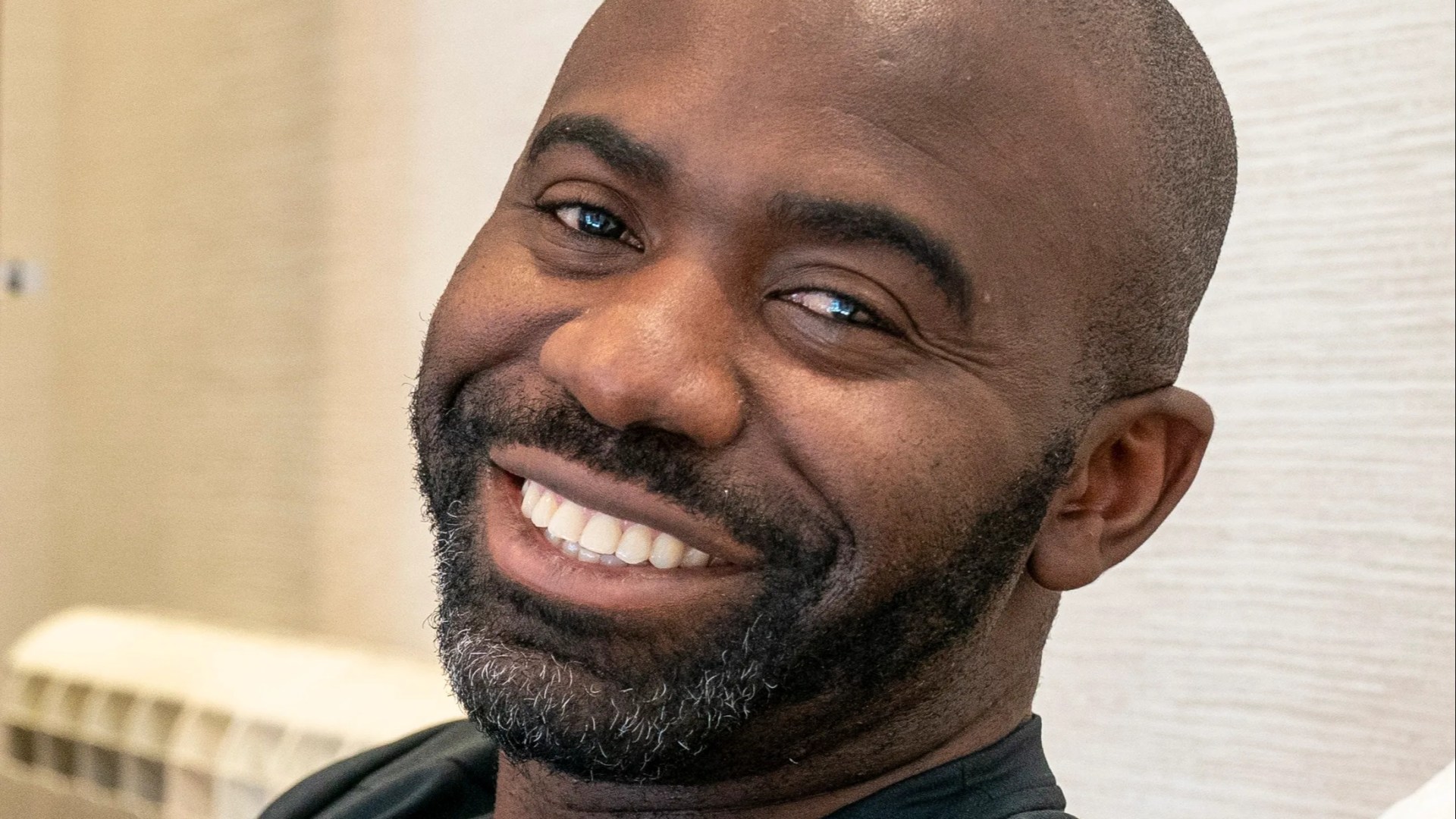TENS of thousands of Brits are estimated to be unknowingly living with the silent heart condition that nearly killed footballer Fabrice Muamba.
More than 38,000 people are thought to have undiagnosed hypertrophic cardiomyopathy.
3

3
The illness causes the walls of the heart to thicken, reducing its ability to pump blood, but often has no symptoms.
Many people do not find out they have it until they have a sudden cardiac arrest or stroke as a result of it.
Fabrice Muamba collapsed on the pitch while playing for Bolton Wanderers in 2012, aged just 23.
His heart stopped due to a cardiac arrest triggered by hypertrophic cardiomyopathy but he was saved by quick-thinking medics at the pitchside.
Read more on heart health
Channel 4 news reader Krishnan Guru-Murthy also has the condition.

3
One in 500 people in the UK are estimated to have the condition but 64 per cent are unaware, according to analysis by pharmaceutical firm Bristol Myers Squibb.
It has launched a campaign “Could it be HCM?” to teach people the signs.
Symptoms can overlap with those of other conditions, or be attributed to ageing or being out of shape
Professor Perry Elliott
Early symptoms can include regularly feeling breathless, dizzy or very tired, or having heart palpitations.
Professor Perry Elliott, heart scientist at University College London, said: “People with HCM often complain of non-specific symptoms, which can overlap with those of other conditions.
“Some patients attribute their symptoms to ageing or being out of shape.
“Failure to recognise the symptoms of a potential heart problem can have a serious impact on time to diagnosis, which in turn has been linked to poorer outcomes.”
Muamba had been a super-fit elite athlete before being struck down by his heart condition.
Often it is genetic, meaning it begins at birth, but in some people it can develop over time. Scientists are not entirely sure why.
The midfielder’s heart stopped for 78 minutes before he could be fully resuscitated.
He has since made a full recovery but retired from professional football shortly after the incident.
Hypertrophic cardiomyopathy cannot be cured but it can be controlled and steps taken to reduce the risk of a serious heart event.
Patients may be given medicine to control their blood pressure, fitted with a pacemaker or have surgery.
Joel Rose, chief of Cardiomyopathy UK commented: “We hope that this campaign will enable those experiencing symptoms to access the support they need.”
WHAT IS HYPERTROPHIC CARDIOMYOPATHY?
HYPERTROPHIC cardiomyopathy is a serious heart condition in which part of the muscle wall is thicker than it should be.
This means it does not function normally and has a reduced capacity to pump blood.
It raises the risk that someone will develop an irregular heartbeat or heart failure, or have a sudden stroke or cardiac arrest.
One in every 500 people in the UK is estimated to have it, but more than half are unaware of it.
It is deadly because people often do not know they have it until they suffer a serious event like a cardiac arrest.
Most cases are genetic, meaning they are present from birth and can affect young and otherwise fit and healthy people.
Symptoms something might be wrong can include:
- Dizziness
- Extreme tiredness
- Getting out of breath easily
- Chest pain
- Heart palpitations
HCM is usually diagnosed with an ECG heart scan to detect any irregularities.
It cannot be cured but the risks can be managed with medication, a pacemaker or surgery.
Many people live normal lives and are still able to exercise and work as normal, although there is a risk of the condition getting worse over time.




